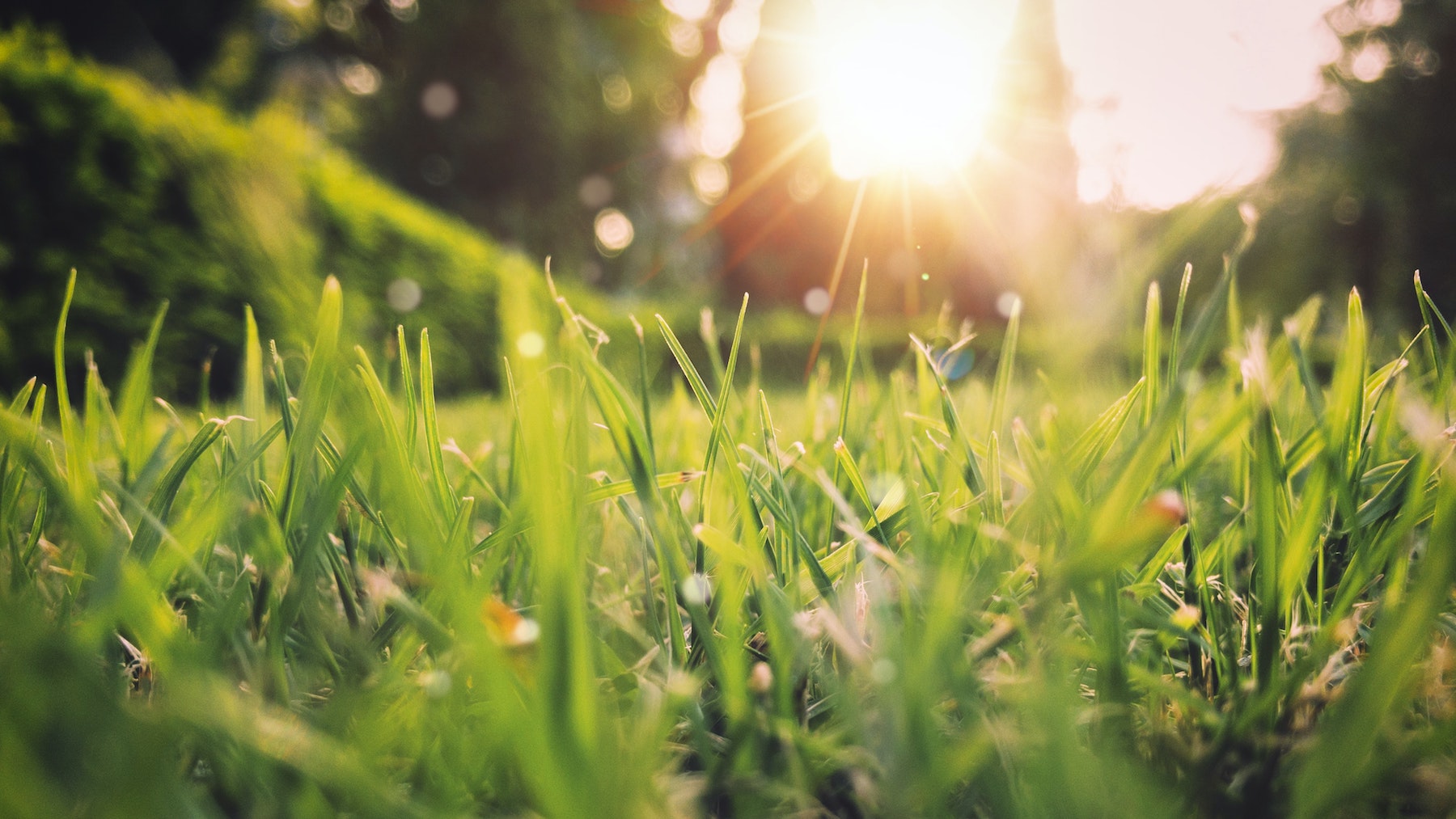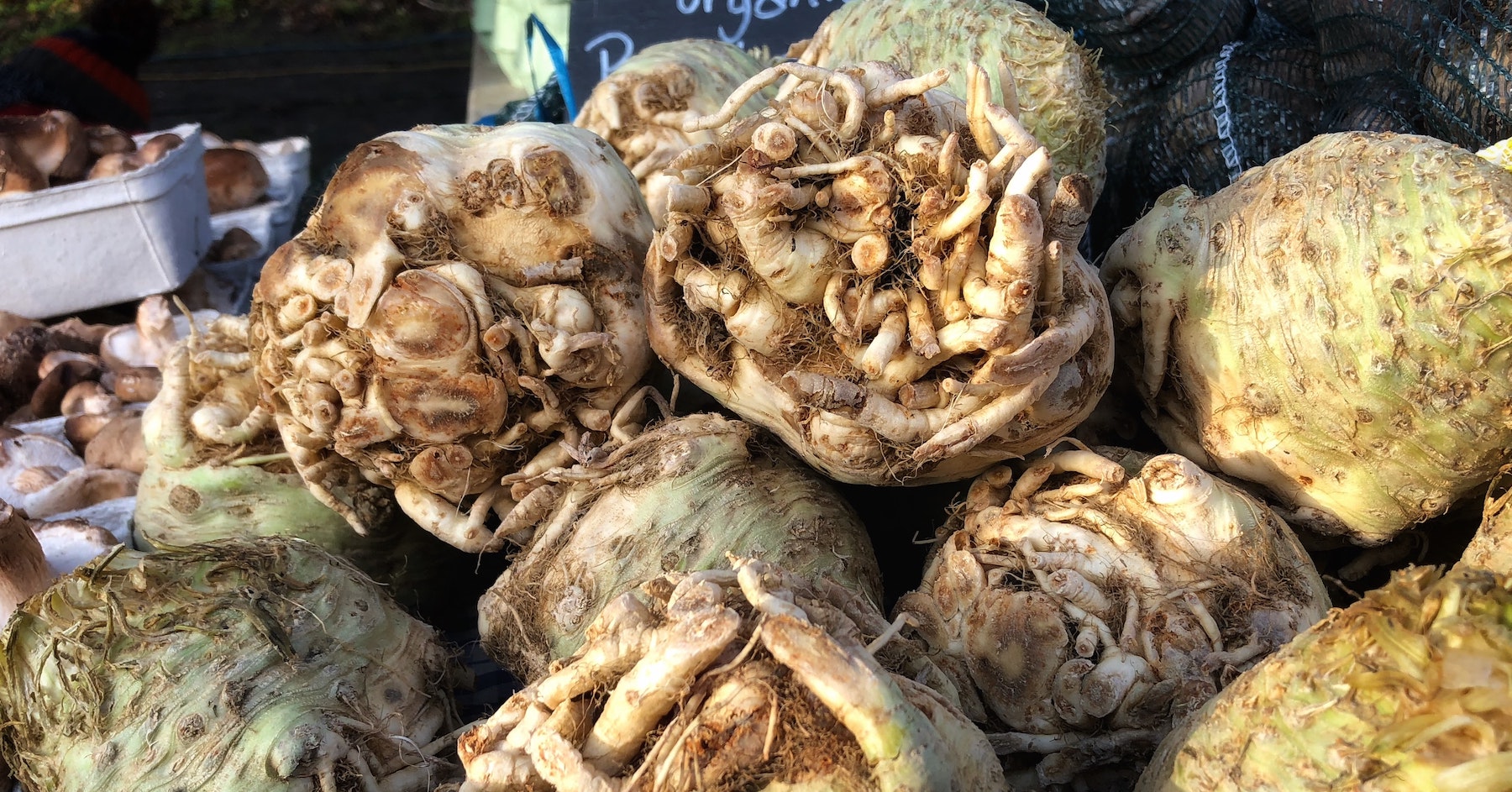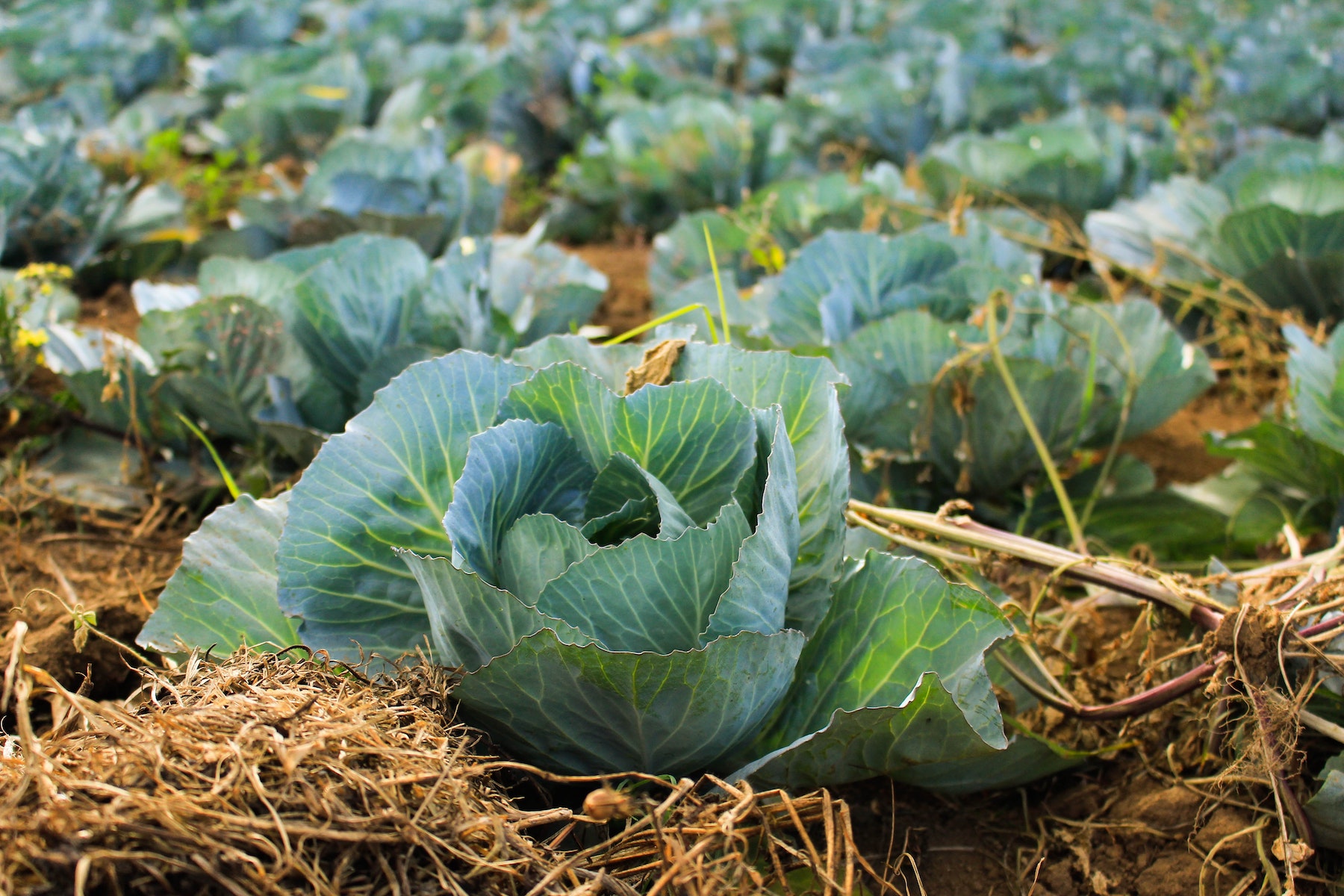What to plant in April
April is the month when spring really kicks off. It's time to plant your summer crops, and if you've been waiting for the right time to get a head start on growing your own veggies, this is it!

Here are five easy-to-grow vegetables that can be planted in April:
Lettuce
Lettuce is a cool-weather crop that can be planted in early spring. It requires a lot of sun and will not tolerate hot weather, which means you have to have a good amount of time available to water your plants. Lettuce also needs a large amount of space due to its size, so if you’re growing it indoors or outdoors, make sure you have enough room!

You can grow lettuce in pots on your balcony or patio by mixing potting soil with vermiculite or peat moss (this will help keep the soil moist). You'll also need seeds and some fertilizer pellets—but don't worry too much about what kind they are because they all do pretty much the same thing!
Celeriac
Celeriac is a vegetable plant. It's very similar to celery, but it has a stronger flavor. You can eat the bulb just like you would eat a regular root vegetable. It's best served steamed or roasted with some olive oil and sea salt sprinkled on top.

You can plant celeriac in any type of soil that drains well and doesn't have too many weeds growing in it. If your soil isn't too good, add compost before planting your seeds to improve its structure so they'll have adequate nutrients when they sprout.
Cabbage
The cabbage is one of the most versatile vegetables, perfect for spring planting. Cabbage can be used fresh, cooked or preserved and can be used in everything from stews to kimchi. It takes a few months to grow a full-sized cabbage plant but it’s worth the wait — cabbages are one of the healthiest foods you can eat!

You should start planting your cabbages as soon as your last frost date passes (see below), preferably in a container so that you can move them indoors when needed. Plant 4-inch seedlings 1 inch deep in rich soil with compost added; water well and keep moist until sprouted leaves appear.
If you have trouble keeping the cabbage plants watered, try burying part of their stem under wet soil so that it gets plenty of moisture — this will also help prevent splitting leaves on older plants during windy weather! When growing multiple varieties together for pollination purposes, make sure all varieties share similar growing conditions such as light exposure or temperature (for example: don’t put light-loving lettuces next door to heat-loving radish).
Carrots
Planting depth: Plant carrots with their tips at soil level. The top of the root should be 1 to 2 inches below the soil surface.

Planting time: Carrots are best planted as soon as the ground can be worked, which is usually in early April.
How many to plant:
- Plant one or two seeds every 12 inches apart;
- thin seedlings when they’re about an inch tall so there’s 3-4 inches between plants.
Carrots prefer loose, well-drained soil that is rich in organic matter and has good drainage (either sandy loam or sandy clay). They do not like alkaline soils (pH above 7), so if you have alkaline soil mix some peat moss into your garden bed before planting carrots; this will help balance out its pH level and make a better environment for growing them successfully.
Carrots also need lots of water when they are young; it may help if you cover them with burlap while they are germinating until they get established roots that can hold the weight of their leaves without breaking off at ground level.
Zucchini

Zucchini is a summer squash that can be harvested for use in soups, stews, stir-fry dishes and casseroles. The plant is easy to grow and requires little maintenance. It grows best when planted in rich soil with plenty of organic matter.
To begin growing zucchini plants:
-
Soak the seeds overnight before planting them in your garden or container. This will help soften the seeds and make them easier to plant by softening their outer shell so they are not as hardy. Use a glass jar filled halfway with water and place your seeds inside overnight so they have time to absorb moisture before being planted into soil later on! (Don't forget about them though!)
-
Plant 2-3 seeds per hole 1/2 inch deep, placing at least 12 inches apart from one another if possible so each plant has room to sprawl out without crowding other plants nearby! Make sure you keep track of which ones belong where since different varieties might grow differently depending on what kind they are--some produce large fruits while others yield small ones instead!
Get planting!
The best thing about April is that it is the beginning of spring, so you can plant almost anything! Lettuce and carrots are a great place to start. They don't take long to grow, so you'll be able to enjoy fresh vegetables from your own garden in no time at all.
Try MarketGardenPro for Free